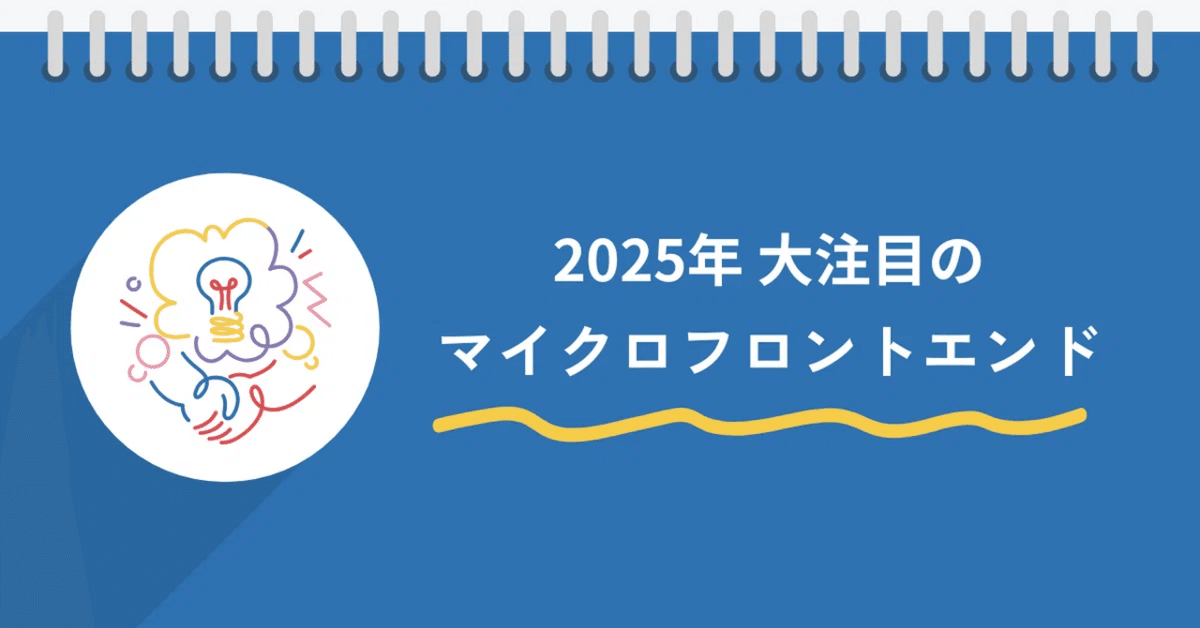
第九回:マイクロフロントエンドの監視と運用
「本番環境でエラーが起きても、どのアプリが原因か分からない...」
「パフォーマンスの問題はどうやって見つければいい?」
「複数のアプリを効率的に監視するには?」
マイクロフロントエンドを実運用する上で、適切な監視体制は不可欠です。
今回は、効果的な監視と運用の方法を具体的に見ていきましょう。
監視すべき3つの重要指標
1. エラー監視
// エラー監視の実装例
class ErrorTracker {
constructor() {
// グローバルエラーのキャッチ
window.addEventListener('error', (event) => {
this.handleError(event.error);
});
// Promiseエラーのキャッチ
window.addEventListener('unhandledrejection', (event) => {
this.handleError(event.reason);
});
}
handleError(error) {
// エラー情報の収集
const errorInfo = {
app: this.detectApp(), // どのアプリでエラーが発生したか
message: error.message,
stack: error.stack,
timestamp: new Date().toISOString(),
userInfo: this.getUserInfo()
};
// エラー情報の送信
this.sendToAnalytics(errorInfo);
}
}
// 使用例
const errorTracker = new ErrorTracker();2. パフォーマンス監視
// パフォーマンス監視の実装例
class PerformanceMonitor {
constructor() {
// Core Web Vitalsの監視
this.observeCoreWebVitals();
// カスタムメトリクスの監視
this.observeCustomMetrics();
}
observeCoreWebVitals() {
new PerformanceObserver((list) => {
list.getEntries().forEach(metric => {
// LCP, FID, CLSなどの計測
this.sendMetric({
name: metric.name,
value: metric.value,
app: this.detectApp()
});
});
}).observe({ entryTypes: ['web-vitals'] });
}
observeCustomMetrics() {
// アプリごとのロード時間
this.measureAppLoadTime();
// インタラクションの応答時間
this.measureInteractionTime();
}
}3. ユーザー行動分析
// ユーザー行動分析の実装例
class UserBehaviorTracker {
constructor() {
this.tracks = [];
}
// ユーザーの行動を記録
trackEvent(event) {
const eventData = {
type: event.type,
app: this.detectApp(),
timestamp: new Date().toISOString(),
path: window.location.pathname,
// その他の関連情報
};
this.tracks.push(eventData);
// 定期的にサーバーに送信
if (this.tracks.length >= 10) {
this.sendTracks();
}
}
}効率的な運用のためのツール
1. 集中監視ダッシュボード
// ダッシュボードのデータ収集
class Dashboard {
async collectMetrics() {
const metrics = {
errors: await this.getErrorMetrics(),
performance: await this.getPerformanceMetrics(),
userBehavior: await this.getUserMetrics()
};
// アプリごとの状態を可視化
this.updateDashboard(metrics);
}
// リアルタイムアラートの設定
setAlerts() {
const alertRules = {
errorRate: {
threshold: 0.01, // エラー率1%以上
action: this.notifyTeam
},
loadTime: {
threshold: 3000, // ロード時間3秒以上
action: this.notifyTeam
}
};
}
}2. ログ分析システム
// 構造化ログの実装
class Logger {
log(level, message, context = {}) {
const logEntry = {
timestamp: new Date().toISOString(),
level,
message,
app: context.app || this.detectApp(),
correlationId: context.correlationId || this.generateId(),
// その他のコンテキスト情報
};
// ログの保存と分析
this.processLog(logEntry);
}
// ログの検索と分析
async analyze(query) {
// 特定パターンの検出
// トレンド分析
// 異常検知
}
}インシデント対応の自動化
1. 自動復旧の仕組み
// 自動復旧システムの実装
class AutoRecovery {
async checkHealth(app) {
const health = await this.performHealthCheck(app);
if (!health.isHealthy) {
await this.tryRecover(app);
}
}
async tryRecover(app) {
// 段階的な復旧手順
const steps = [
this.reloadApp,
this.clearCache,
this.rollbackVersion
];
for (const step of steps) {
if (await step(app)) {
return true; // 復旧成功
}
}
// 全ての手順が失敗した場合
await this.notifyTeam(app);
return false;
}
}2. チーム通知の自動化
// インシデント通知システム
class IncidentNotifier {
constructor() {
this.channels = {
slack: new SlackNotifier(),
email: new EmailNotifier(),
sms: new SMSNotifier()
};
}
// 重要度に応じた通知
async notify(incident) {
switch (incident.severity) {
case 'high':
// 全チャンネルに通知
await Promise.all(
Object.values(this.channels)
.map(c => c.notify(incident))
);
break;
case 'medium':
// Slackとメールのみ
await Promise.all([
this.channels.slack.notify(incident),
this.channels.email.notify(incident)
]);
break;
case 'low':
// Slackのみ
await this.channels.slack.notify(incident);
break;
}
}
}運用のベストプラクティス
予防的な監視
異常の早期検出
トレンド分析による予測
定期的な健全性チェック
効率的なトラブルシューティング
構造化されたログ
相関ID(Correlation ID)の活用
再現手順の自動記録
継続的な改善
インシデントの振り返り
メトリクスに基づく改善
自動化の範囲拡大
まとめ
マイクロフロントエンドの運用では
適切な監視指標の設定
効率的な運用ツールの活用
インシデント対応の自動化
継続的な改善サイクル
が重要です。
